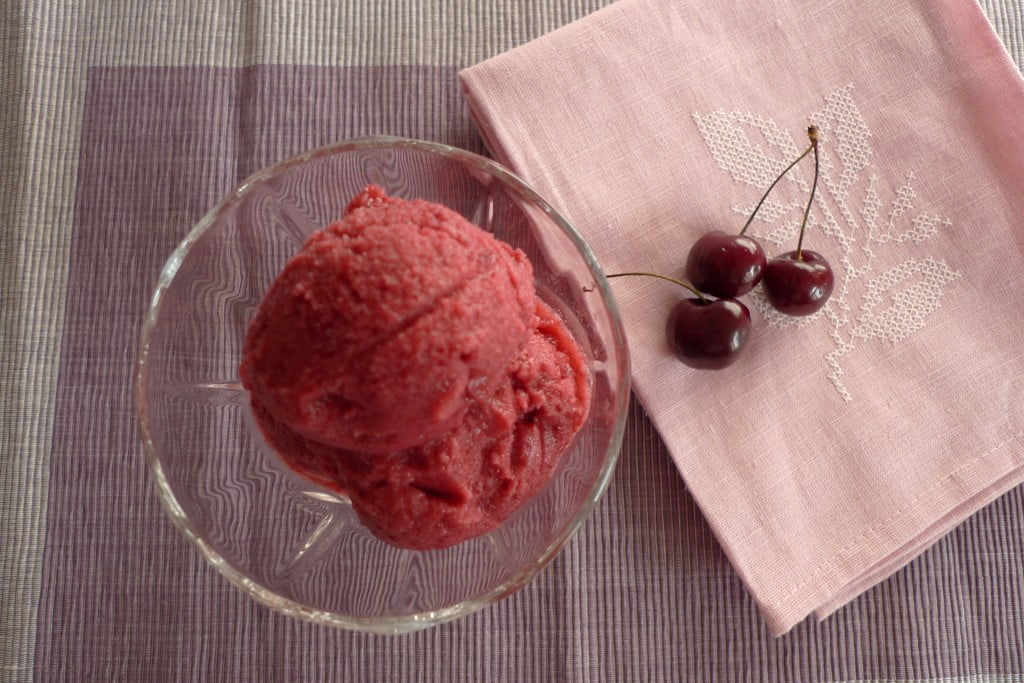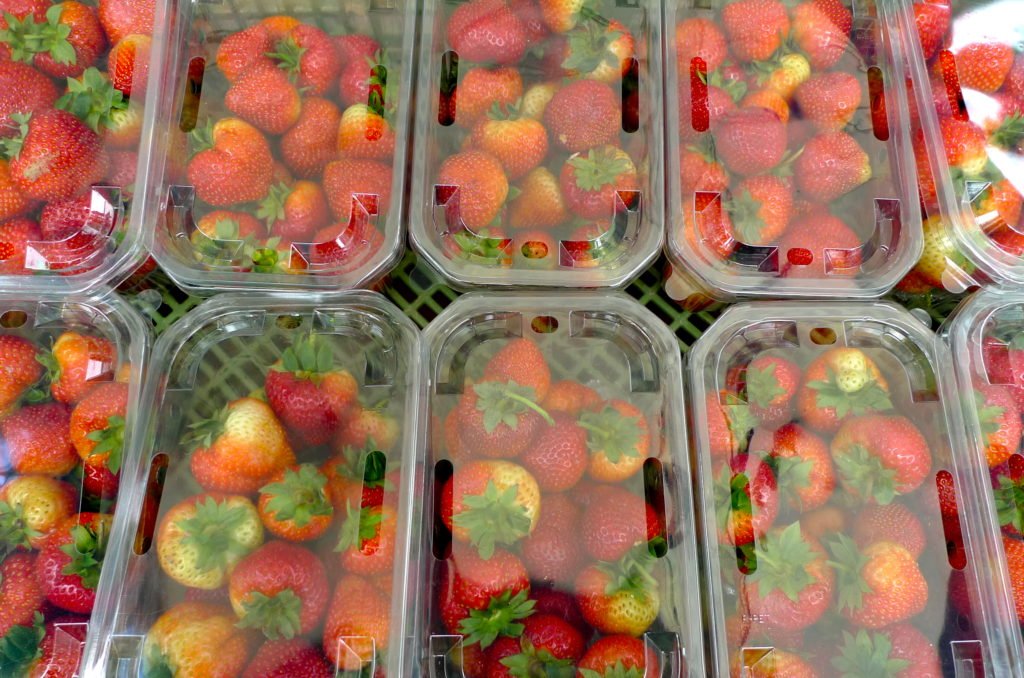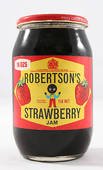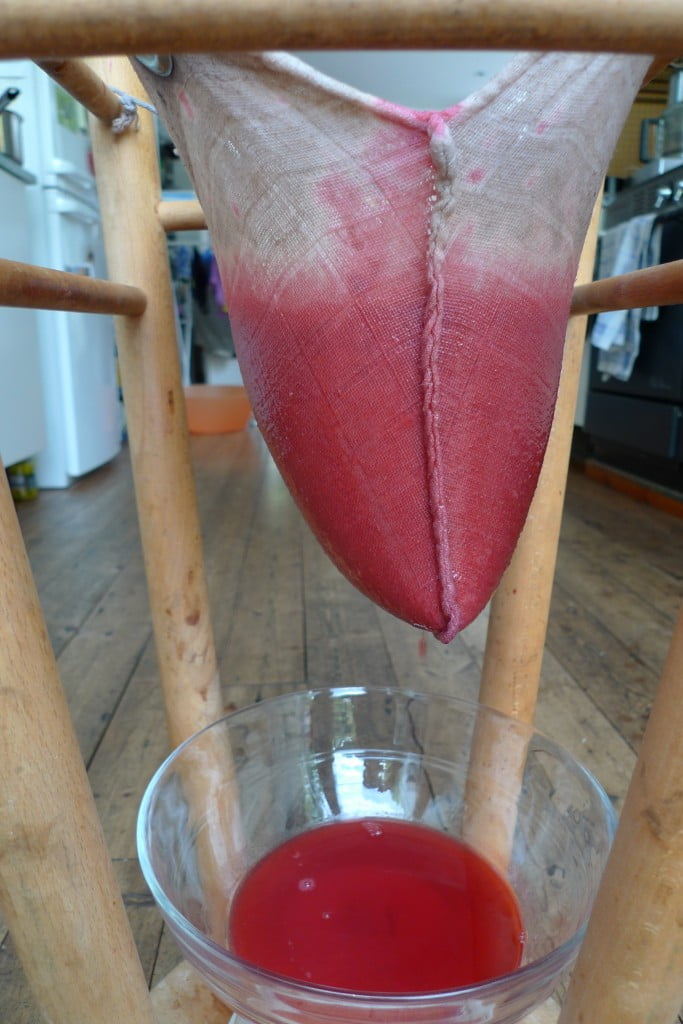Queens Park Day: 11th Sept
Art of Puddings came to Queens Park Day last Sunday and a fantastic day was had by all. We sold everything we brought along!!
300 dessert shots, Vanilla Cheesecake, redcurrant jelly, damson jam, damson cheese, plum jam & gooseberry jam, strawberry jam and elderflower cordial. We had a great spot in the park, close enough to the main food stalls. To our left we had Transition Town Kensal to Kilburn with their apple pressing team – they pressed 420 glasses of apple juice made from locally picked apples!! and on our right a delightful father and son with the 23rd Willesden Scouts stall. Their massive jar of loose sweets proved too much of a temptation and at the end of the day with plummeting blood sugar – we’d all succumbed.
We were selling our usual dessert shots – mango fool, chocolate mousse and rote gruetze (red fruit pudding) with a delicious new edition, Apple Snow. We had a bumper crop of cooking apples from the garden and so with a couple of kilos puréed and sitting ready in the fridge – apple snow fitted the bill, It’s quick and easy to make and everyone loves it. Apple Snow was one of my favourite childhood desserts and I used to beg my mother to make it when the cooking apple season came around. Here’s my recipe for Apple Snow adapted from my mum’s Apfel Schnee.
APPLE SNOW
Serves 8-10
1 kg cooking apples (peeled, cored and chopped)
5 tbsp soft brown sugar (according to taste)
small piece of cassia bark (or cinnamon stick)
Zest and juice of 1 lemon
4 egg whites
30g castor sugar
100 ml double cream
Put the apples into a pan with brown sugar and cassia bark, add lemon zest and juice, cover and simmer for about 10 minutes, stirring every now and again until the apples are cooked. Take care that the apples don’t catch on the bottom of the pan. Remove the lid and carry on simmering for a couple more minutes until the mixture is dry. Blend until smooth in a food processor or pass through a fine sieve or chinois. Transfer to a large bowl to cool.
Whisk the egg whites by hand or in a stand mixer to soft peaks then add 30g caster sugar and whisk briefly until stiff. Whip the cream separately until fairly stiff then carefully fold the egg whites into the cool apple purée finally adding the whipped cream. Spoon into invidual dishes or one large dish and chill in the fridge for at least 2 hours. Great with ginger tuiles or shortbread biscuits or sublime on its own.
Many thanks on the day to: No 1 son for his calm and charm, Monika M for liquid sustenance + sign ups and Sue D & family for photos and moral support . Also for ongoing encouragement from our new customers, potential ‘puddingistas’, friends and family. Where would we be without you!

























